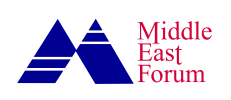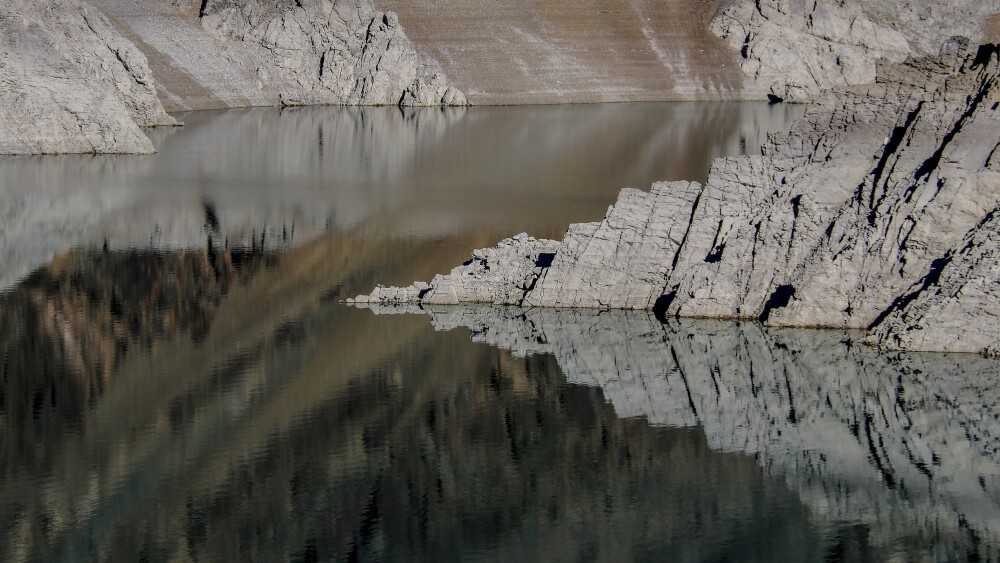In recent days, the recurring theme in Iranian citizens’ social media posts has been the word “outage”: power outage, internet outage, and now, water outage.
Currently, water in the capital is being cut for three to four hours daily, matching the duration of electricity blackouts. Videos circulating on social media show that in some poor southern districts of Tehran, such as Nasimshahr, people have taken to the streets after enduring three consecutive days without water.
One user on the social platform X posted an image of a water truck queue in the capital. Another user, who goes by the moniker “Cyrus the Great,” shared a photo of the now-dry Karaj Dam—Tehran’s main water source—juxtaposed with an image from pre-Islamic Revolution times when the reservoir was full and served as a popular recreation area.
Perhaps it is worth recalling the ancient Persian King Cyrus the Great, who two and a half millennia ago sought divine protection from three perils: drought, enemies, and lies—three afflictions that now engulf the nation in darkness.
The government has declared a shutdown for Tehran on July 23, 2025, to save electricity and water.
Conditions in other provinces are even worse than in the capital. The only response the officials of the Islamic Republic have offered is to shut down Greater Tehran, a city of twenty million, urging citizens to stay home or travel to other provinces. In simple terms: hiding the problem instead of solving it. The government has declared a shutdown for Tehran on July 23, 2025, to save electricity and water. Given that Iran’s official weekend is on Thursday and Friday, this means a three-day closure. How such a move is supposed to alleviate the deepening water and power crises remains unclear.
Roughly twenty-five years ago, the United Nations warned in a report of a looming water shortage and severe drought in Iran in the coming decades—at a time when the Islamic Revolutionary Guard Corps was receiving massive budgets to construct more than sixty dams for hydroelectric power, and Iranian authorities were pushing for “self-sufficiency” in agricultural production, especially grains.
The Islamic Republic’s disregard for repeated warnings from international bodies and domestic experts led to a sixfold increase in hydroelectric capacity since the year 2000, reaching 12.5 gigawatts. Yet, due to the lack of water in the reservoirs, only one-third of this capacity is operational.
In agriculture—which consumes 90 percent of the country’s 100 billion cubic meters of annual water use—Iran achieved only several years of wheat self-sufficiency. Today, one-third of Iran’s imports—worth $17 billion annually—consists of agricultural products, with grains topping the list.
Iran’s consumption of 80 billion cubic meters of water annually for agriculture, which contributes only 11 percent to the economy, is due to the continued reliance on traditional irrigation methods. After decades of expert warnings, the government finally banned traditional irrigation in the agricultural zones around the capital this month. Yet, with 3.5 million people working in agriculture nationwide, enforcing such a ban is practically impossible. Official data show that because of the water crisis, the number of agricultural workers has declined by 1.5 million over the past two decades.
After decades of expert warnings, the government finally banned traditional irrigation in the agricultural zones around the capital this month.
Drought is undoubtedly one of the primary factors behind Iran’s water crisis. However, poor water resource management is among the most critical underlying causes. For example, while in Germany, 95 percent of household sewage is treated and reused in the agricultural and industrial sectors, in Iran, this figure is below 20 percent. In other words, 6.4 billion cubic meters of untreated wastewater are dumped annually into wells and deserts, polluting groundwater supplies in the process.
Another key issue is the 80 billion cubic meters of water consumed annually in agriculture through inefficient traditional irrigation. The government has made no effort to assist farmers in modernizing irrigation systems.
Additionally, overexploitation of groundwater is a major concern. Iran extracts between 50 billion and 60 billion cubic meters annually, depleting aquifers and causing widespread land subsidence in cities across the country.
Unregulated dam construction has led to the drying up of 45 percent of Iran’s wetlands, while every year, one million hectares of new desert are added to the country’s already vast arid lands.
This list could go on—many of the contributing factors are directly tied to governmental mismanagement. And yet, as with the electricity crisis, officials of the Islamic Republic are once again placing the blame on the public.
This, despite the fact that household consumption accounts for only 6 to 8 percent of Iran’s total water use. The per capita household electricity consumption in Iran is also under 1,200 kilowatt-hours annually. In comparison, the U.S. citizens consume one and a half times more water and five times more electricity per person at home than Iranians do.
The Iranian regime might like to foist blame and responsibility elsewhere, but more than 46 years after the Islamic Revolution, neither the Iranian public nor international community will accept such excuses. Until and unless the ruling regime accepts its own responsibility and rectifies its incompetence, the crises will continue to mount.






